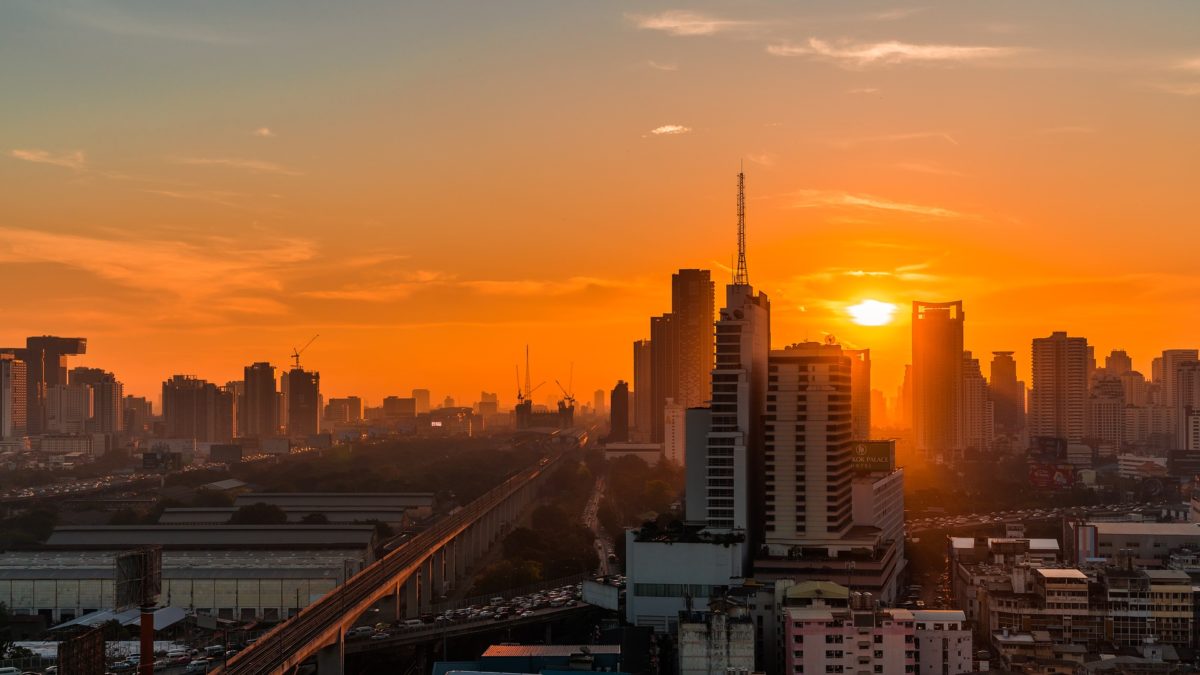From pv magazine Global
The Energy Regulatory Commission of Thailand has passed a regulation to set up a FIT scheme for renewable energy, including utility-scale solar, battery energy storage, wind, and biogas.
“The program is rather unexpected given the lack of such in [Thailand’s Power Development Plan] 2018-37,” Moritz Sticher, a senior adviser at Berlin-based consulting firm Apricum, told pv magazine.
The regulation introduces a 25-year FIT of $0.090 (THB 2.1679)/kWh for solar and a 25-year FIT of $0.075 (THB 2.8331)/kWh for solar plus storage.
“The FIT tariff will certainly require some sort of mechanism of tariff adjustment over the term until 2030 given the unknown costs situation by then,” said Sticher.
The quota for solar will be 100 MW per year from 2024 to 2030. For solar and storage, it will be 190 MW in 2024, 290 MW in 2025, 258 MW in 2026, 440 MW in 2028, 310 in 2029, and 390 MW in 2030.
“The total solar and solar plus storage quotas are not really ambitious and since a single project can be up to 90 MW, there will be only a few projects every year,” said Sticher.
Apricum says the scheme will probably be heavily oversubscribed, due to the high number of uncompleted projects in past programs, the attractive tariff, and the large number of market participants. To apply, solar producers must be 51% Thai-owned, which “really limits participation to already established (mainly Thai) players or high-risk takers with flexibility in the legal structuring,” according to Sticher.
Applications will be prescreened according to readiness of land, technology, funding, and project planning. The highest-scoring applications will then be allocated to reach targeted annual capacities according to the allocated quotas. Solar and solar plus storage rank third and fourth after biogas and wind.
Thailand currently has 3.47 GW of installed solar capacity, according to Apricum. The country has updated its 2037 solar targets by reducing the solar capacity target to 8.7 GW and keeping the target for floating solar at 2.73 GW.
This content is protected by copyright and may not be reused. If you want to cooperate with us and would like to reuse some of our content, please contact: editors@pv-magazine.com.

